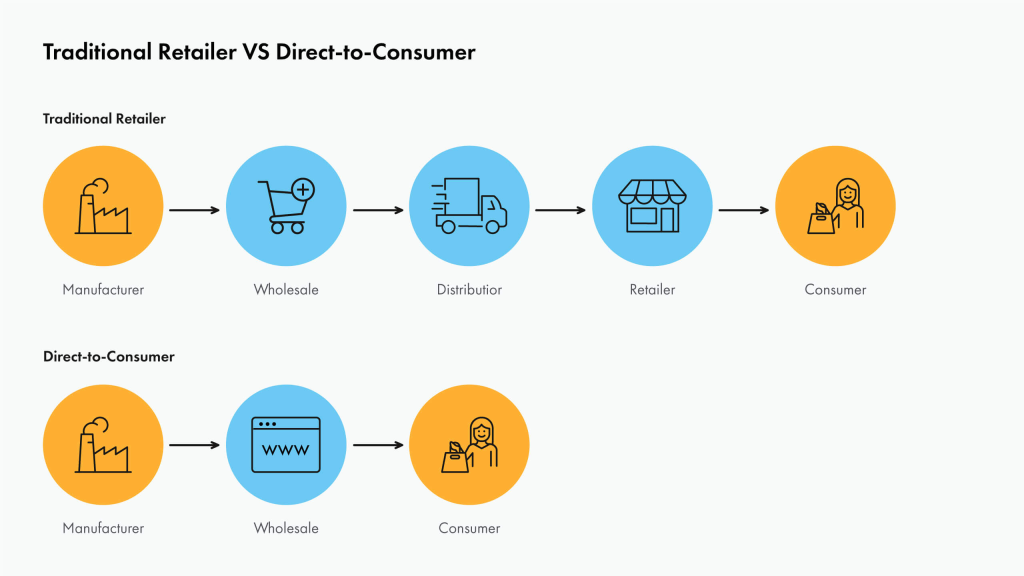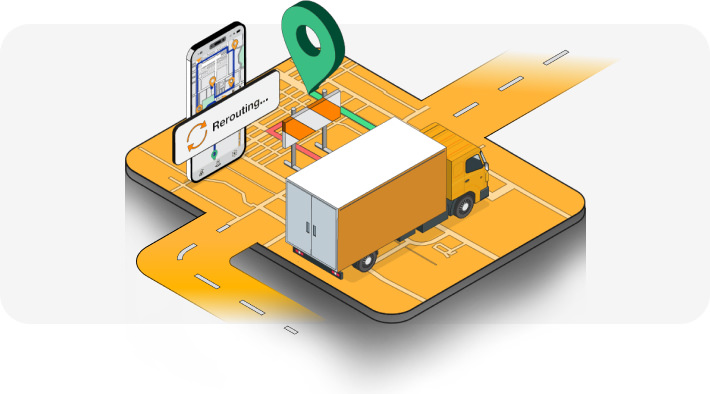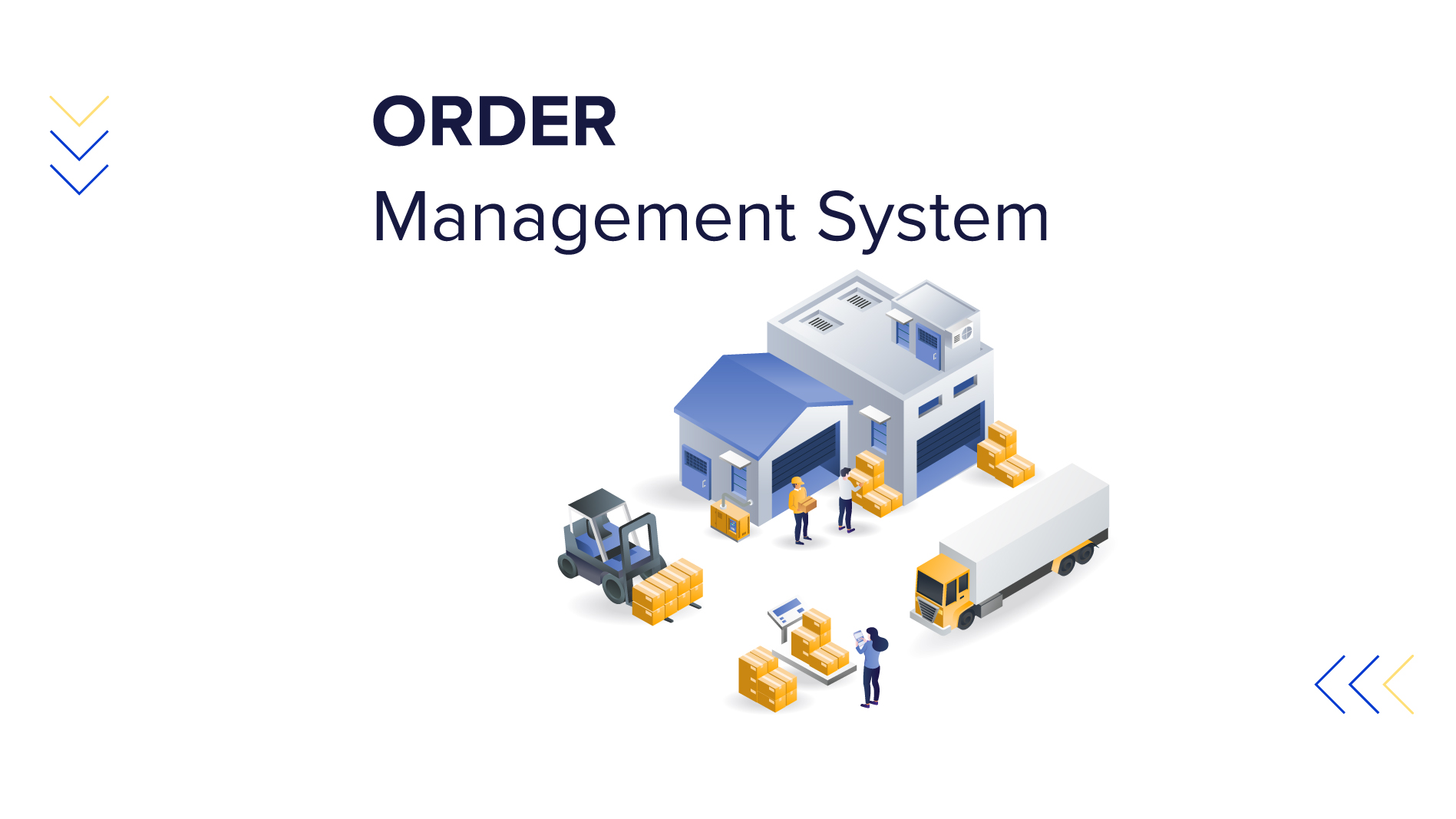OMS Tracking Trends for Global Fulfillment Success
As global fulfillment becomes more complex, the role of Order Management Systems (OMS) and tracking technology continues to evolve. Businesses are moving beyond simple shipment notifications. They now expect OMS solutions to provide real-time visibility, handle dynamic inventory allocation, and integrate with multi-carrier tracking for a seamless end-to-end fulfillment experience.

OMS Tracking Is No Longer Optional—It’s Foundational
A decade ago, tracking meant a single link from a postal operator like USPS or Royal Mail. Today, businesses using Shopify, WooCommerce, or running DTC campaigns via Kickstarter need something far more sophisticated. Order visibility isn’t just a nice-to-have—it’s essential for managing global shipments, reducing returns, and improving delivery accuracy.
Fragmented Data Has Slowed Global Fulfillment
Brands often work with a mix of postal services and private couriers. In Europe alone, merchants may rely on Evri in the UK, CTT in Portugal, and FAN in Romania—all with different tracking standards and APIs. Without centralized tracking logic, businesses experience missed updates, delayed delivery insights, and rising customer service costs.
The Future of OMS Tracking: Five Key Trends
As the demand for faster, smarter shipping grows, OMS tracking is undergoing a major transformation. Here are five trends shaping the future.
1. Unified Multi-Carrier Tracking Intelligence
Rather than relying on individual carrier dashboards, modern OMS platforms are centralizing data across postal operators and private couriers. This includes route optimization, exception alerts, and delivery stage breakdowns. Future solutions will also offer predictive delivery windows based on historical data and machine learning.

2. Real-Time Inventory Allocation and Cross-Platform Sync
An OMS is no longer limited to order routing. It now actively coordinates inventory across multiple warehouses and platforms. For instance, if an item is out of stock in a European 3PL hub, the system can reroute the order to a nearby warehouse or initiate a backorder workflow. This is particularly vital for brands scaling across Shopify, WooCommerce, and marketplaces.
3. Return Tracking and Reason Attribution
Returns are a significant part of fulfillment—and the next generation of OMS tracking will treat them with the same importance as outbound deliveries. Future solutions will tag return reasons (e.g., delayed delivery, incorrect address, product damage) and integrate them into analytics for inventory forecasting and product development.
One fashion DTC brand selling across Portugal and Romania via Shopify faced frequent returns due to incorrect delivery attempts and late shipments. After switching to Postalparcel’s logistics service, their tracking was centralized, returns were categorized based on courier performance, and failed deliveries dropped by 22% within two months. This improvement wasn’t driven by system changes—but by expert handling of address validation and carrier coordination behind the scenes.

4. Address Intelligence and Delivery Point Optimization
OMS tracking will soon incorporate advanced address validation libraries and geo-coordinate matching. This helps ensure accurate first-attempt delivery and integrates out-of-home delivery options like parcel lockers and pick-up shops (APM, PUDO). These solutions are vital in regions with non-standard addresses or limited courier access.
5. Integration with 4PL and Fulfillment Services
Brands are increasingly turning to 4PL and hybrid logistics models to offload supply chain complexities. OMS platforms will be expected to integrate not only with 3PL warehouses but with 4PL service providers who manage routing, returns, and even customer communication.
Postalparcel is a prime example of this evolution. Rather than offering just a software solution, it provides end-to-end logistics services, integrating OMS tracking with global carrier management and real-time fulfillment updates. For brands managing international shipping, this full-service approach eliminates fragmentation and supports scalability without additional technical burden.
The Tech Behind the Trends
These future-facing OMS capabilities are powered by advances in:
- APIs and carrier data standardization
- AI-driven route and delay prediction
- Cloud-based warehouse connectivity
- Modular OMS architectures for cross-border logic
- Tracking enrichment services for returns and rerouting

Many of these technologies are invisible to the end user, but critical for logistics teams to manage expectations and resolve issues proactively.
Building Resilient Fulfillment Through OMS Innovation
What’s clear is that tracking is becoming the nerve center of global fulfillment. With the ability to manage orders from multiple platforms, track shipments across carriers, predict delivery disruptions, and monitor returns intelligently, it transforms fulfillment from a reactive function into a strategic advantage.
For businesses seeking growth across regions and platforms, working with logistics services like Postalparcel brings not just tools—but operational expertise. It means seamless integration between OMS and real-world delivery, where every package is traceable, every issue resolvable, and every process optimized for scale.
Final Thoughts
From multi-carrier visibility to return reason analytics and intelligent address validation, the future promises fewer delays, lower return rates, and higher customer confidence.
The shift is already underway—and brands that invest in forward-looking logistics partnerships like Postalparcel are setting themselves up for smoother operations and long-term growth. In a world where fulfillment is a key part of customer satisfaction, OMS tracking technology is the bridge between warehouses and doorsteps—and that bridge is getting stronger every year.
Industry Insights
news via inbox
Nulla turp dis cursus. Integer liberos euismod pretium faucibua








